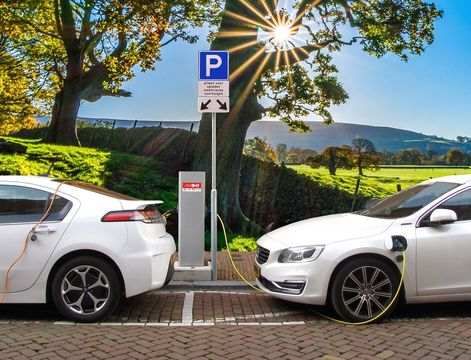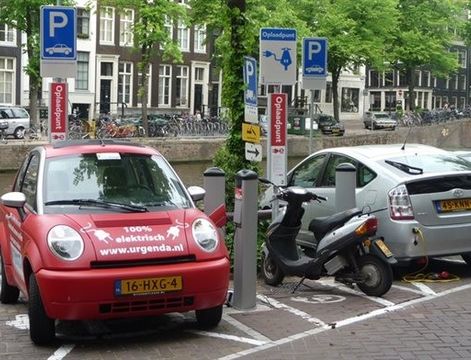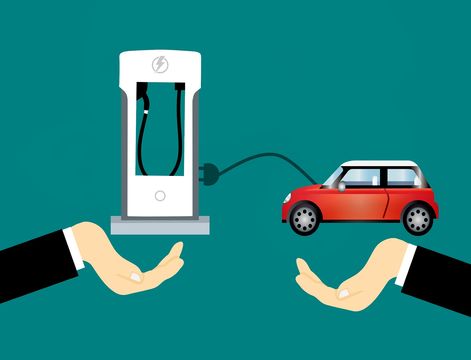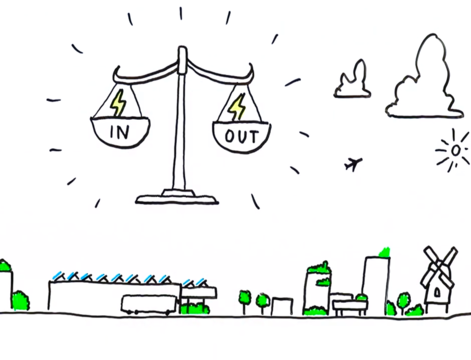The 1st Regional Stakeholder Event to kick start the EV Energy project was held in Amsterdam on March 29. The event gathered professionals from the whole spectrum of the EV sector to discuss recent technological and business developments along with the challenges and opportunities they represented for EVs related solutions to successfully penetrate the market.
Indeed, technological developments on both EVs and renewable energy sectors are approaching the stage where mature and business viable solutions can be made available to the mobility market. Car manufacturers, such as Nissan, are embracing the opportunities in the changing landscape to transform 100% EVs into clean mobile power units and car batteries into energy storage solutions. Companies such as Royal Haskoning DHV are motivated by their sustainability goals into running pilots that pave the way for a 100% electric car fleet.
However, for EV solutions to be fully integrated into the market, technological developments are not enough. A multi-level model is essential that would combine international policies and standards related to climate change and EV’s innovation, regional analysis for understanding pattern behavior and finally, local incentives to stimulate buying and charging decisions.
As Phillippe Spapens, programme manager at the Province of Flevoland, demonstrated via the example of the Lelystad Airport Business Park, the energy transition will be made possible by promoting public and private partnerships to enable more opportunities. In this context the role of regional authorities is to realize environmental, social and economic impact on citizens, for example, by promoting good practices at the European Level that work at a local level.
Taxes and financial incentives are also playing a key role in the growth of EVs and local policies can greatly affect charging behavior of the various actors: EV and non-EV users, grid operators, utilities and charging point operators. Data analytics can support the decision making process and provide insights and recommendations on improving the necessary charging infrastructure. As such, encouraging municipalities to experiment with policies and solutions in small to medium scale pilots is the first step to gathering related data.
Indeed, taking the example of The Netherlands as a living lab, the potential for flexibility is substantial. Especially in the case of Amsterdam where the challenge is to build a future proof for EVs and renewable energy, coupled to the relevant IT infrastructure. As energy demand is rising due to various factors such as the number of vehicles (social factor), the cost for charging (financial factor), the supply side needs a constant re-evaluation, on the grid capacity which is impacted by the available (sustainable) energy, distributions stations and location based on the charging station type. When the supply meets the demand, the Vehicle-2-Grid framework can be exploited at its full potential. Local projects are crucial as we need to “learn from applying a local capacity profile”.














